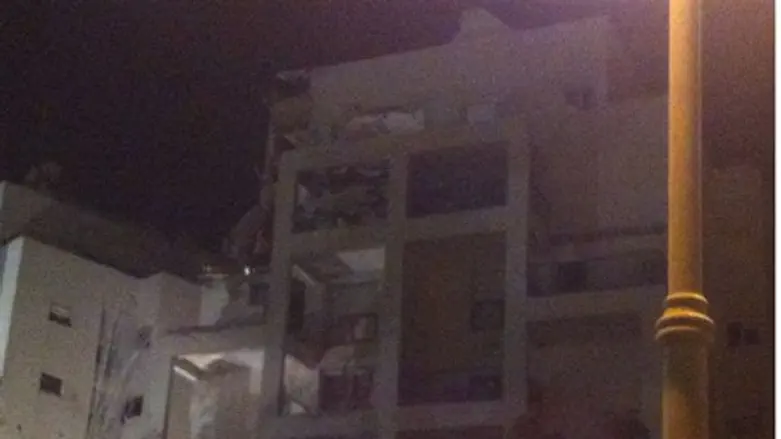
The recent Pillar of Defense counter terror offensive against the terrorist infrastructure in Gaza was a win for Israel in numerous ways. Launched with the assassination of the key figure in the Izz a-Din al Qassam military wing of Hamas, Ahmed Jaabari, the eight-day operation was conducted primarily from the air.
Hamas terrorists said they fired 1,573 rockets and missiles at Israel, while the IDF struck more than 1,500 terrorist targets in Gaza.
Those included 19 terrorist command centers, operational control centers and Hamas senior-rank headquarters, 26 weapons manufacturing and storage facilities, and hundreds of underground rocket launchers. In addition, 30 senior operatives were eliminated, as were 140 smuggling tunnels, 66 terror tunnels and dozens of Hamas operations rooms and bases. Of the 177 people that were killed, 120 were known terrorists, according to the IDF.
But an equally important aspect of the operation was the additional information it revealed.
For the first time, Iran openly boasted – and in fact, confirmed – that it had supplied “both financial and military” assistance to Hamas and other terrorist groups in Gaza.
Iranian Revolutionary Guards chief Mohammad Ali Jaafari said Tehran had shared the technology for the Fajr-5 missiles – meaning that they could be “rapidly produced” on site in Gaza.
In addition, it became known that 200mm diameter “M75” missiles, with a range of up to 80 kilometers (about 50 miles) were being manufactured locally in Gaza -- also using technology provided by Iran.
It was the “homemade” Hamas M75 missiles that Gaza terrorists fired at Jerusalem, and which missed the mark and exploded instead in Gush Etzion last week.
Hamas fired Iranian Fajr-5 missiles, with a range of up to 75 kilometers (about 47 miles) at Tel Aviv, and at Rishon LeZion. The parts were smuggled in from Iran, through routes that came through Sudan and Egypt, and then under the border via the tunnels, even during the operation itself.
Egypt has pledged the close the tunnels as part of the ceasefire agreement between Israel and Hamas.
But there were 1,200 known tunnels when the operation began. And even if Egypt is motivated to do so, closing them all will be a difficult task, if not impossible. Moreover, ordnance can and has been smuggled in by sea.
Knowing the scope of the military technology that now exists in the region, and the identity and level of training of those now present to advise the terrorist groups, is equally important. That knowledge is what has kept Israeli soldiers alive, what has enabled the IDF to effectively plan military offensives, and likely went into the decision to defer a ground operation to the future.